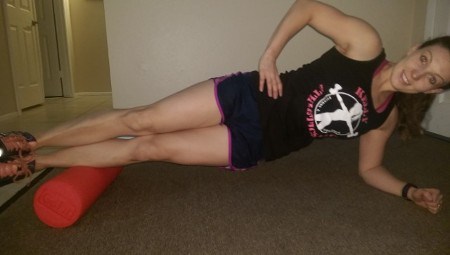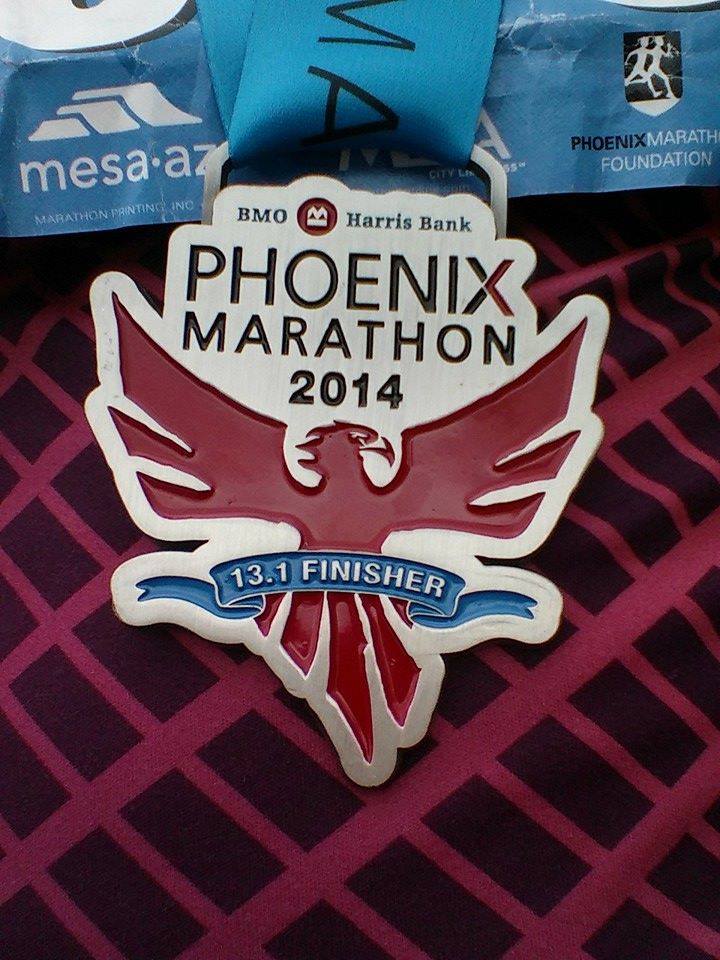Setting Weight Loss Goals for the Year:
1. Create a plan: Start with small achievable goals when setting weight loss goals. Maybe by the time you hit your goal, you will decide that you want to keep pushing for better results. Make a daily goal of cutting back on 480 calories per day, which is much more logical yet still challenging. Saying “I am going to tone up this year and eat better” is a great goal, yet vague and missing the how and when. Without having a fitness program, nutrition plan, or schedule in place for yourself, you are more likely to quit or slack off. Give yourself a numeric goal, with a start date, target date of completion, and a written game plan for how you will accomplish your goals. Here is a solid plan: “My resolution is to lose 10 pounds of fat from Jan 1st until March 1st. Then I want to maintain my weight and keep it off by Dec 31st. I will do this by exercising with my Personal Trainer approximately 3 hours per week, adding one serving of fruit to every meal, and keeping a daily food log.” Setting weight loss goals for New Year’s Resolution is typical; but you can create goals any time.
3. Know your current fitness level. Set up a fitness evaluation with a Personal Trainer before starting a workout program; many trainers offer this service for free. Commit to a weekly weigh-in, biweekly circumference & body fat measurements, and monthly reassessments to test your fitness levels. Keep a written record of all your measurements so you can see where you are making improvements and what you need to still work on to keep you motivated. Every month, make adjustments to your goals, in case you are ahead or behind your current goal. Set reminders on your calendar, notes on your refrigerator, or alarms on your phone to remember when to work out or log your food.
4. Go at your own pace. If you have been sedentary for several months, don’t push yourself to the max on your first day working out. Ease into it by doing a light workout your first day, see how you feel the next day, and work your way up to more intense workouts. If that means 5 minutes of jogging and 5 minutes of weight lifting on your first day, that’s okay! You will get stronger and build endurance as you make exercise a habit. If you set your goals too high, you will give up more quickly. You will lose your motivation if you are too sore to workout the next day and decide to take extra rest days. You are also at a higher risk for injury if you over train in the beginning.
5. Avoid yo-yo dieting and start making lifestyle changes. Yes, a lifestyle change is something that you can commit to doing for a lifetime! Exercising 3 hours per week is a healthy lifestyle change. Eating 100% whole grains instead of enriched processed grains can be a lifestyle change. Restricting yourself by eating less than 800 calories a day is not a healthy lifestyle change, and will lead to relapse. Reward yourself for doing good, without using junk food as the reward. Put money in a jar every time you complete a workout or have a good day with your diet, and save up for a vacation or tickets to a concert.
6. Last but not least, don’t get discouraged and give up if you make a mistake. Give yourself one day a week to have a break from your diet and exercise. If you relax and have junk food only once a week, you are still doing the right thing 85% of the time! Missing a day does NOT mean that you failed or need to play “catch up” by exercising twice as long the next day. Instead, pick up where you left off next time and learn from your mistakes.
Time to get to your goal setting for weight loss results!! Points to Remember:
- Create a specific plan
- Be realistic (1-2 pounds per week)
- Track your progress
- Go at your own pace
- Make lifestyle changes
- Stick to it!!!! Long-term weight loss takes time. You can’t lose 20 pounds and expect it to stay off without effort. It can take just as much time to gain it as lose it.
Don’t let holiday or birthday celebrations ruin it for you. Example: Six weeks of hard work from New Year’s until Valentine’s Day, then let one day of chocolates ruins your diet? Why make a resolution that ends before the year does? If improving your physical fitness is your goal this year, set a target weight or fitness goal that you can reach in a viable time frame and make the commitment to maintaining it throughout the entire year! Who knows, maybe by the time you hit your goal, you will decide that you want to keep pushing for better results.
Need Help with Setting Weight Loss Goals? Contact Me for More Info:

